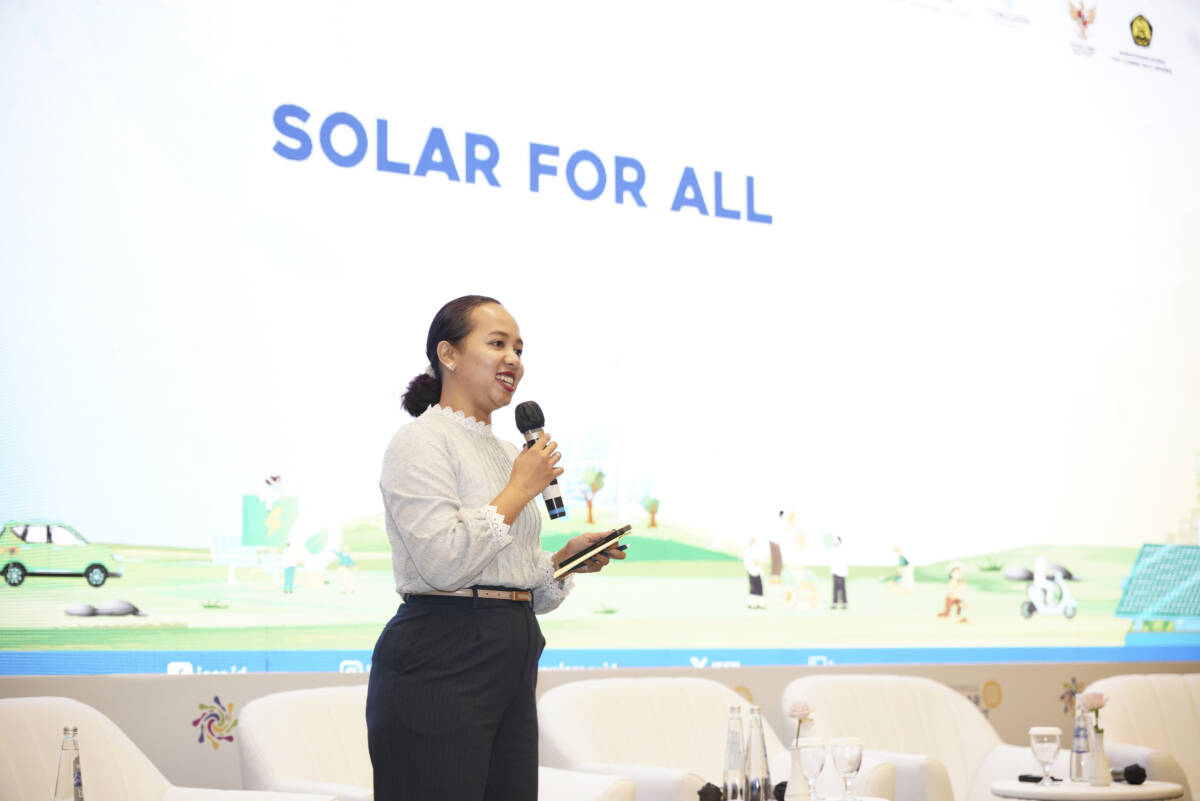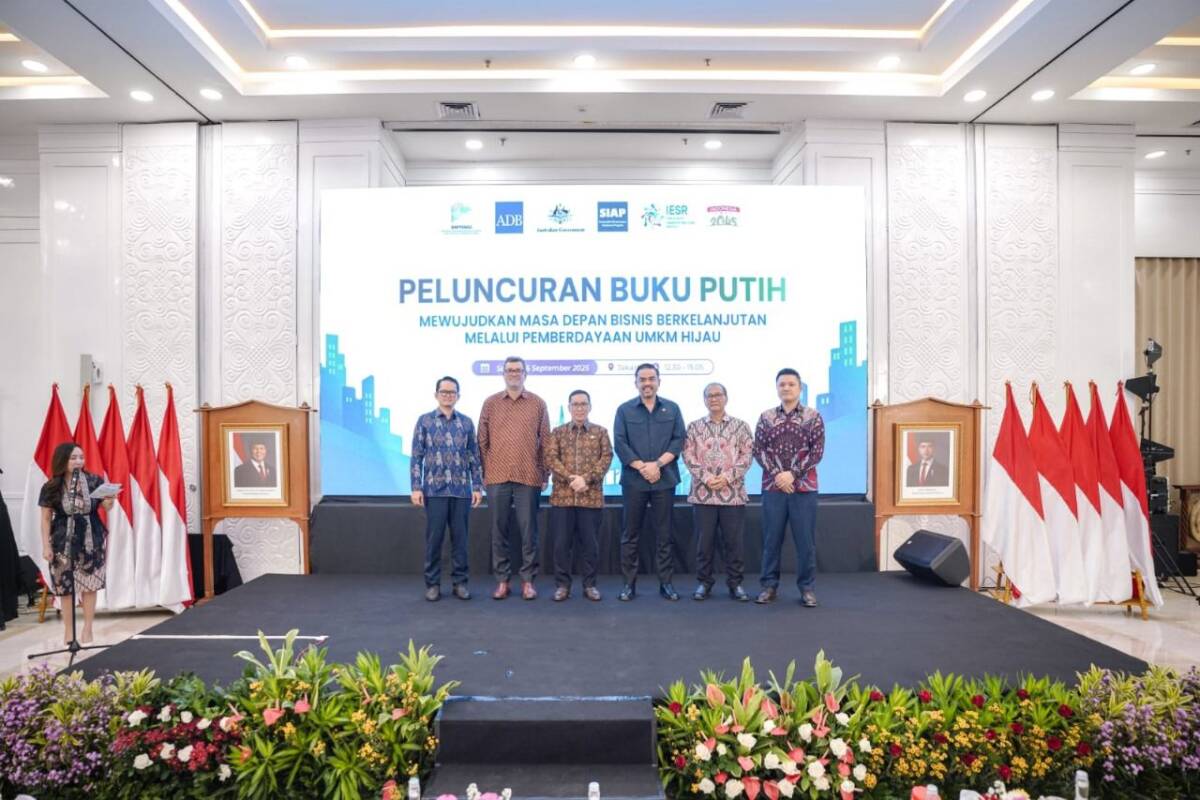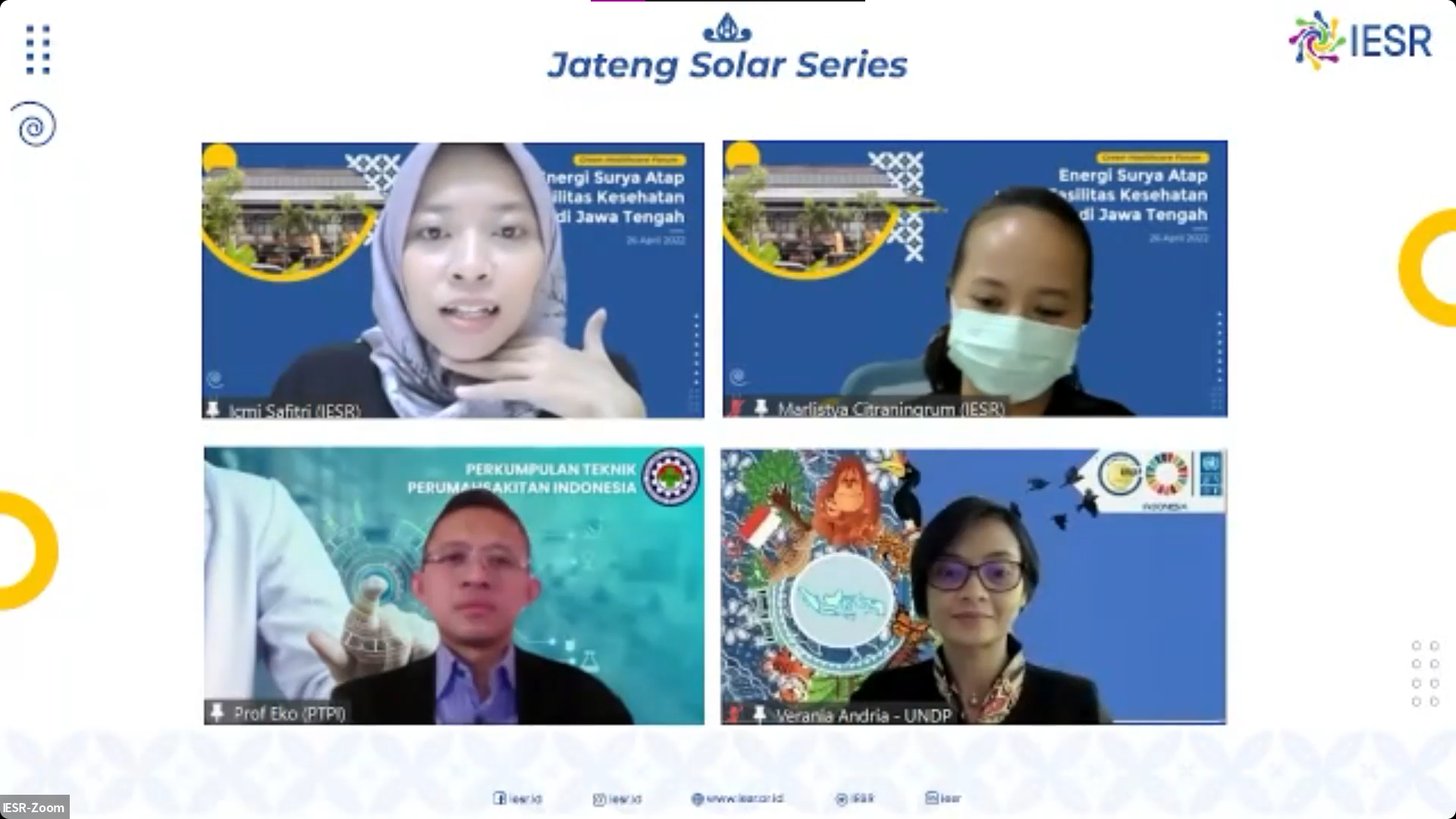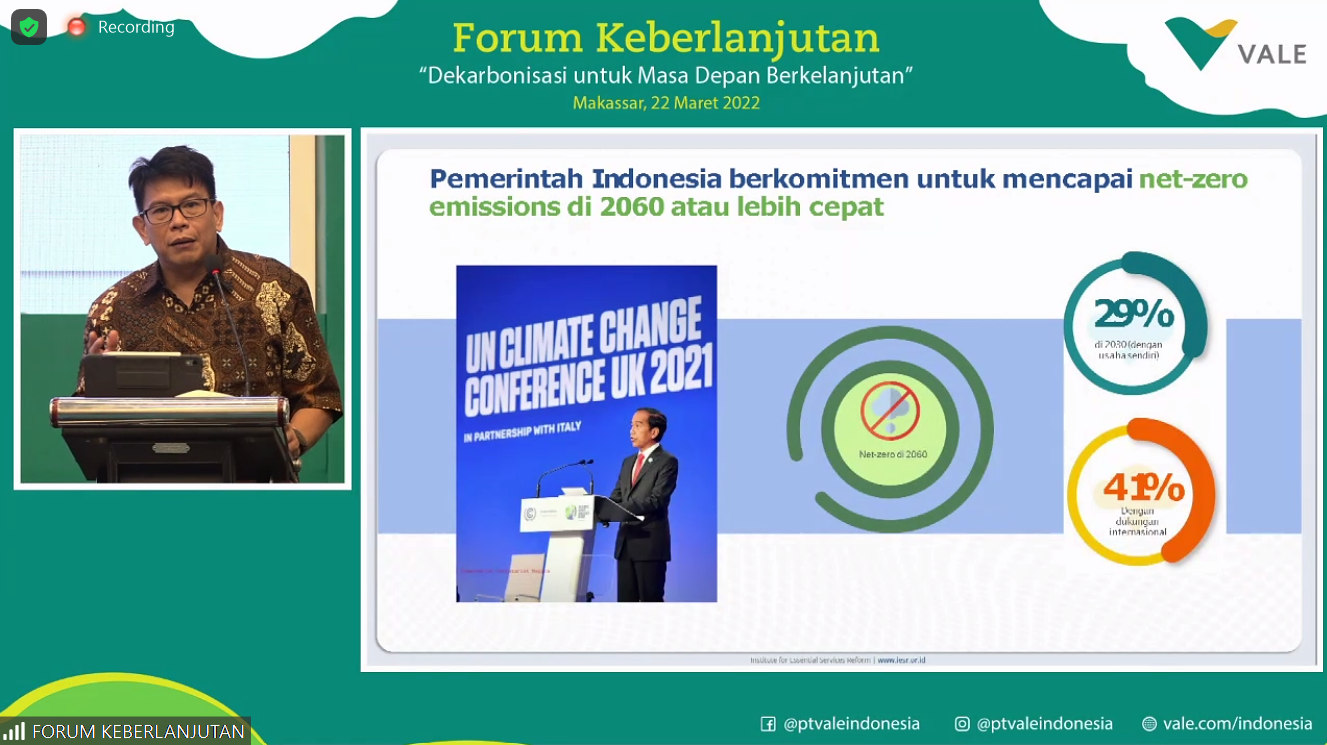
Building a Regional Voice: Southeast Asia Energy Transition Collaborative Network (SETC) Formally Introduced in Bangkok Climate Action Week
Bangkok, 30 September 2025 – Southeast Asia has entered a decisive decade for building reliable, affordable, and sustainable energy systems which also help to... Read more.

Bappenas, ADB, IESR, and DFAT Launch Green MSME Empowerment Document to Realize Sustainable Businesses
JAKARTA, September 19, 2025 – The Ministry of National Development Planning (PPN/Bappenas), together with the Asian Development Bank (ADB), the Institute for ... Read more.

Six leading Organisations Commit to Strengthen Climate Collaboration in Indonesia
Six leading organisations have formalised a strategic partnership at the Fifth Australia-Indonesia Energy Transition Policy Dialogue to accelerate the nation’... Read more.

Playing Snakes and Ladders While Counting our Carbon Footprint in Alun-Alun Eropa
Jakarta, 16 May 2023 – Jejakkarbonku together with Deutsche Gesellschaft für Internationale Zusammenarbeit GmbH or GIZ participated in Alun-Alun Eropa, a... Read more.

The use of CCS needs careful consideration
Author : Aditya Perdana Putra Purnomo (Research team intern 2022) Editor: Pamela Simamora The use of fossil fuels since the beginning of the industrial revoluti... Read more.

The Aspirations of the Communities for the NERE Bill
Jakarta, 19 May 2022 – Decarbonization of the energy sector as one of the largest emitters in Indonesia needs to be carried out to achieve the net-zero ta... Read more.

Jateng Solar Series – Green Healthcare Forum: Central Java Encourages Solar PV Adoption in Health Facilities
Jakarta, 26 April 2022- The Ministry of Health through The Directorate of Health Service Facilities, Directorate General of Health Services has issued Guideline... Read more.

Sticks with Biofuel Policy
In recent years, the government has been aggressively encouraging the use of biofuel as one of the main alternatives to fuel oil. However, many constraints and ... Read more.

Accelerate Decarbonization for a Sustainable Future
Makassar, 22 March 2022 – Accelerating the use of clean energy is a fundamental point in ensuring the future of the economy and other sectors is maintained in... Read more.

NRE Bill is Ineffective in Supporting Energy Transition in Indonesia
Jakarta, March 21, 2022 – Entering the harmonization stage in the Indonesian House of Representatives (DPR RI), the New Renewable Energy Bill (NRE Bill) i... Read more.
